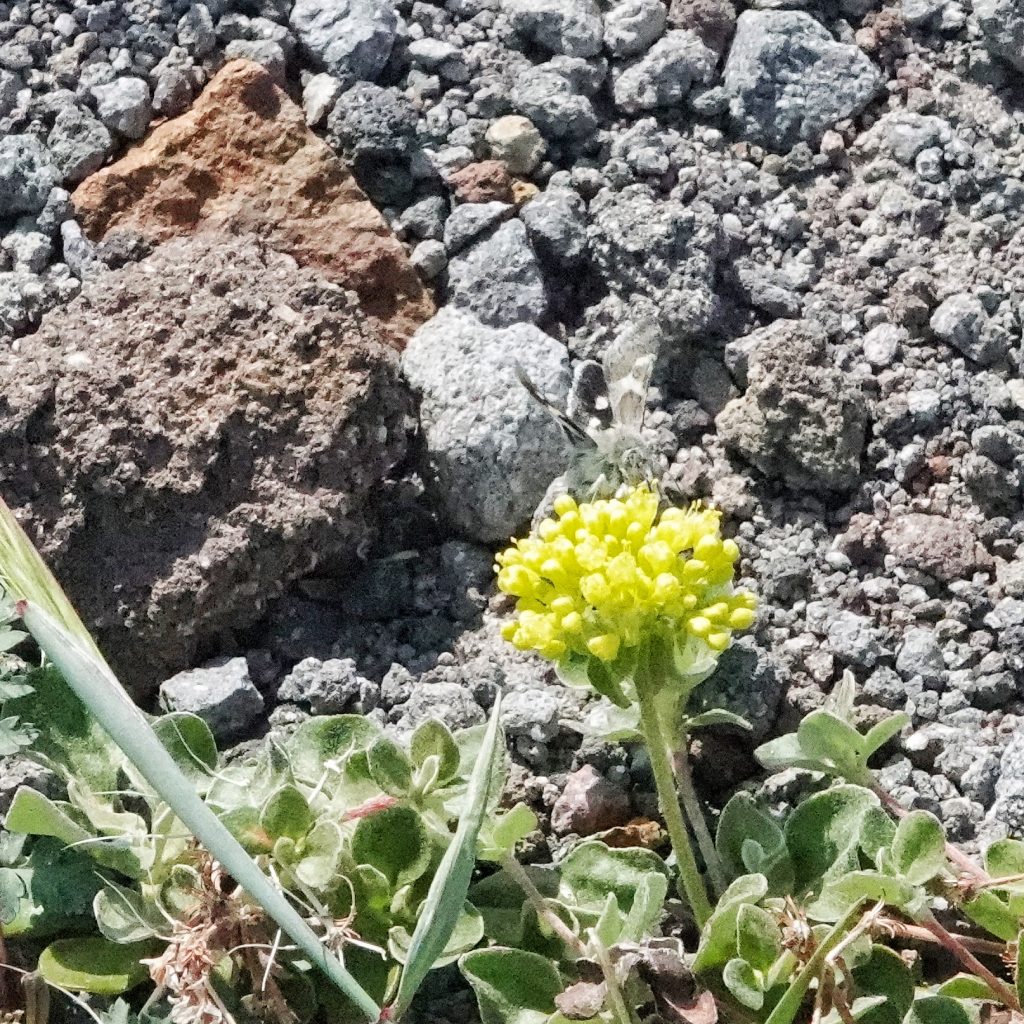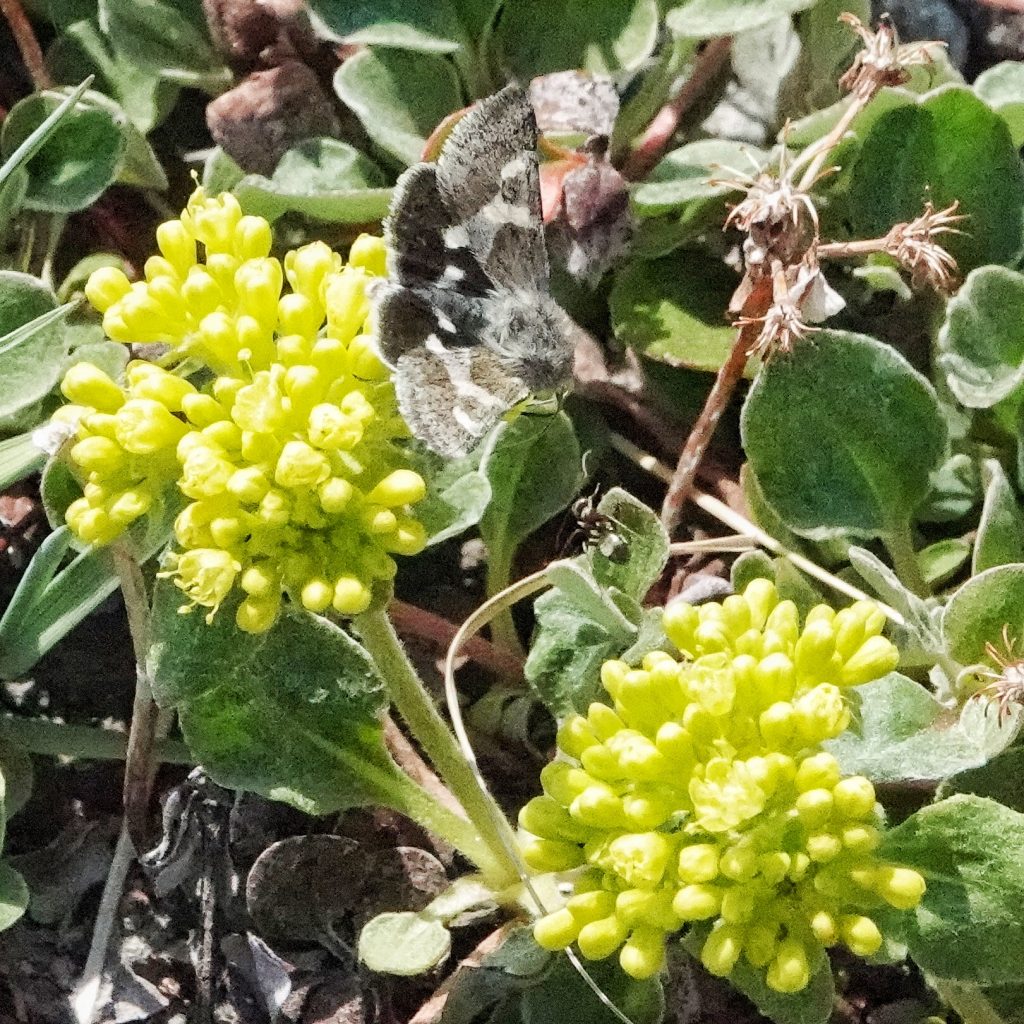
I got really lucky identifying these handsome little moths that were quite abundant on my recent trips to Mt. Hood. I thought they were probably in Noctuidae (the one thing I was correct about), but the way they flew made me think of Autographa californica, and I didn’t even consider Schinia. But then when I was searching the Schinia on Moth Photographers group for what turned out to be Schinia vacciniae I came across photos of Schinia suetus, and I realized that that was probably these moths.
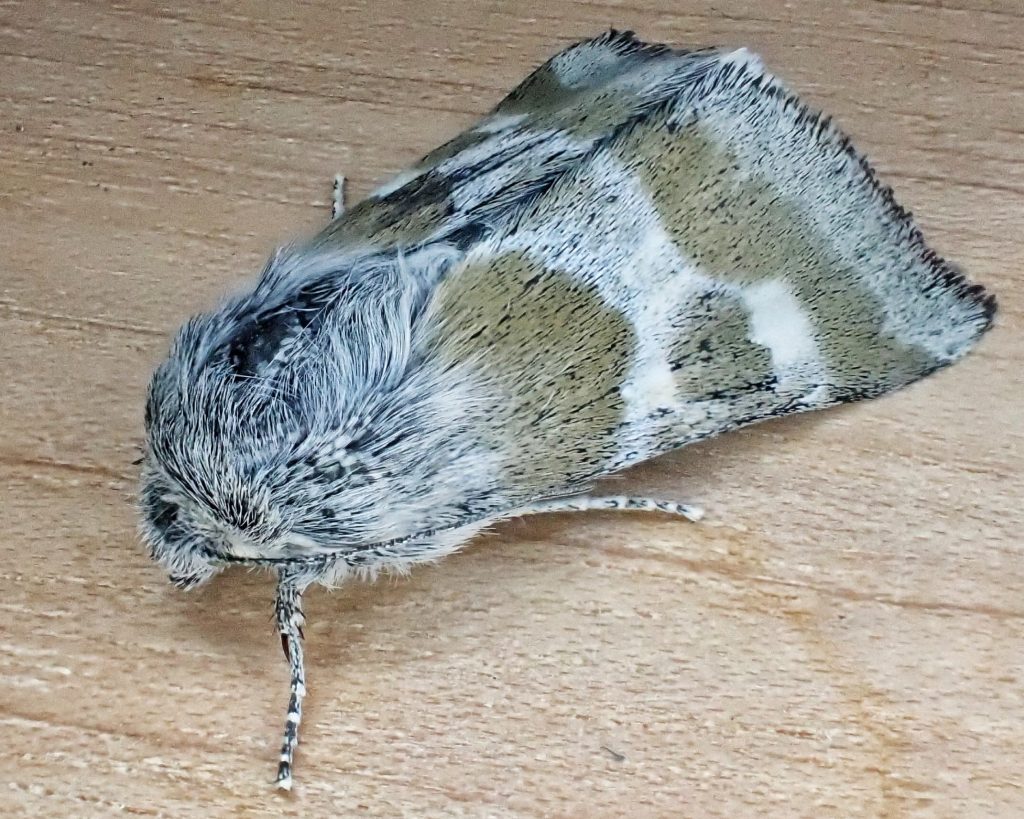
The forewing coloring and pattern was a very effective camouflage when these moths were perched with closed wings on the ground or on the leaves of the lupine and sulphur buckwheat they seemed to favor, and I spooked many more than I managed to photograph because I blundered to close to them. But when the hindwing was exposed they were much more noticeable, especially on the flowers of the sulfur buckwheat, and the strobing of that black hindwing also made them quite distinctive and noticeable in flight.
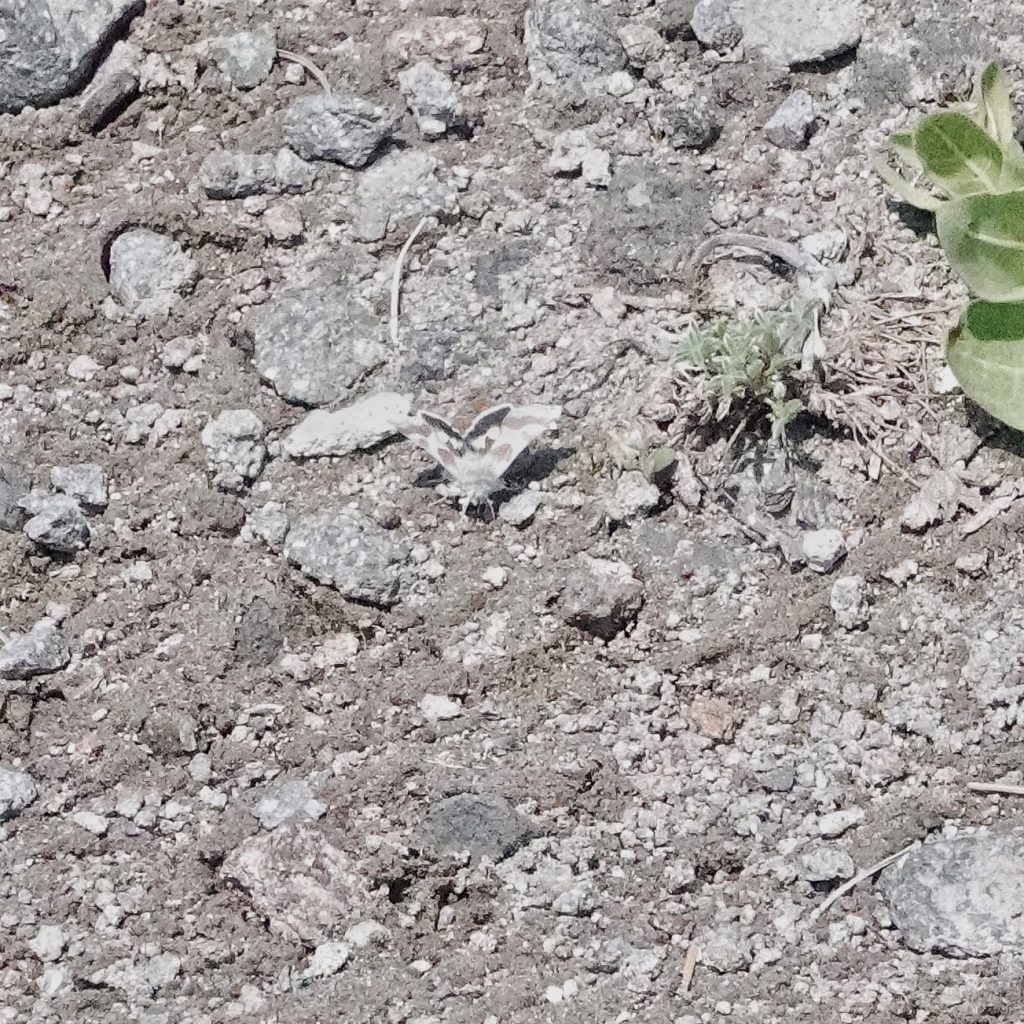
Description– Small (forewing length 11-13mm) moth with a pink to greenish pink forewing that is speckled with black and has a light colored Y-shaped patch in the median, and a greyish submarginal band; hindwing is black with obvious white spots, and a white border
Similar species– “This species is larger than other Schinia species, with which it flies. It can usually be recognized without difficulty by its strong rose pink or pink-tinted green color, cream median area, large reniform spot, and black hindwing with two pale spots.” PNW Moths | Schinia suetus
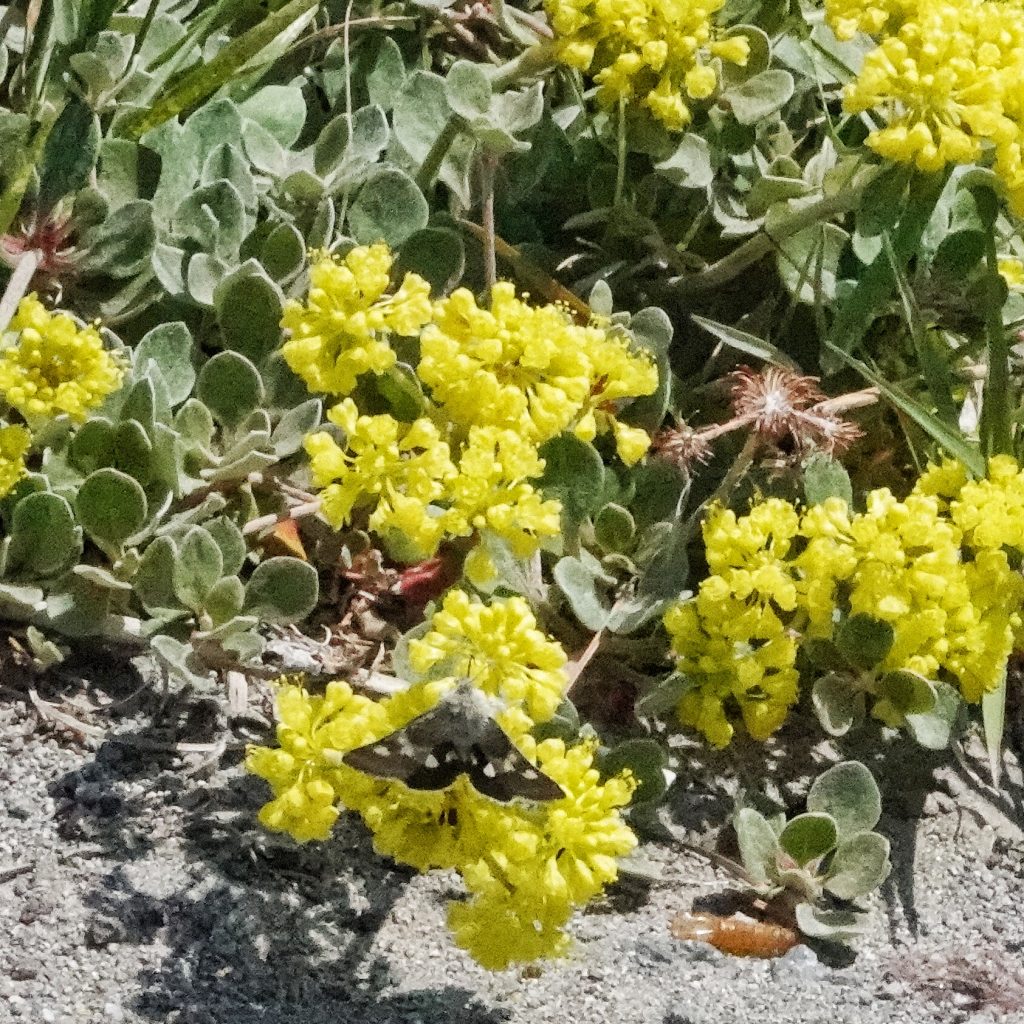
Habitat– “A high plains and mountain species, widespread in the mountains of western North America…” Schinia suetus – University of Alberta Museums Search Site; This species is widely distributed throughout much of western North America on dry prairies and sagebrush steppe at low elevations in the Great Basin region and at middle elevations in the mountains east of the Cascades. It may be locally common. There are a few scattered records from the Willamette Valley, Oregon, and glacial outwash prairies near Olympia, Washington. However, these native prairie populations from west of the Cascades may be close to extinction with the loss of this habitat.” PNW Moths | Schinia suetus
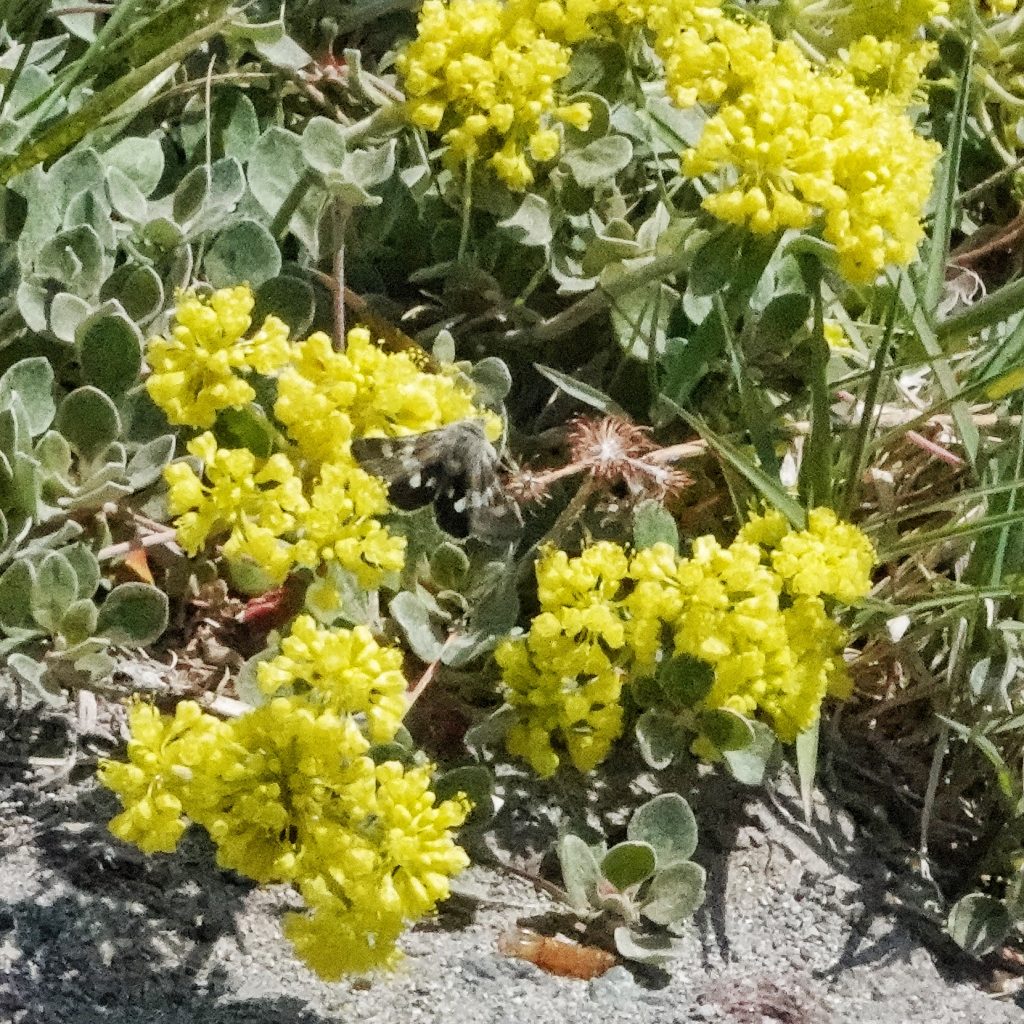
Range– “This species is found throughout most of the western United States…Schinia suetus is found from southern British Columbia south through the dry interiors of Washington, Idaho, and Oregon. It is uncommon west of the Cascades but is known from the Willamette Valley in western Oregon and the southern Puget Trough in Washington.” PNW Moths | Schinia suetus
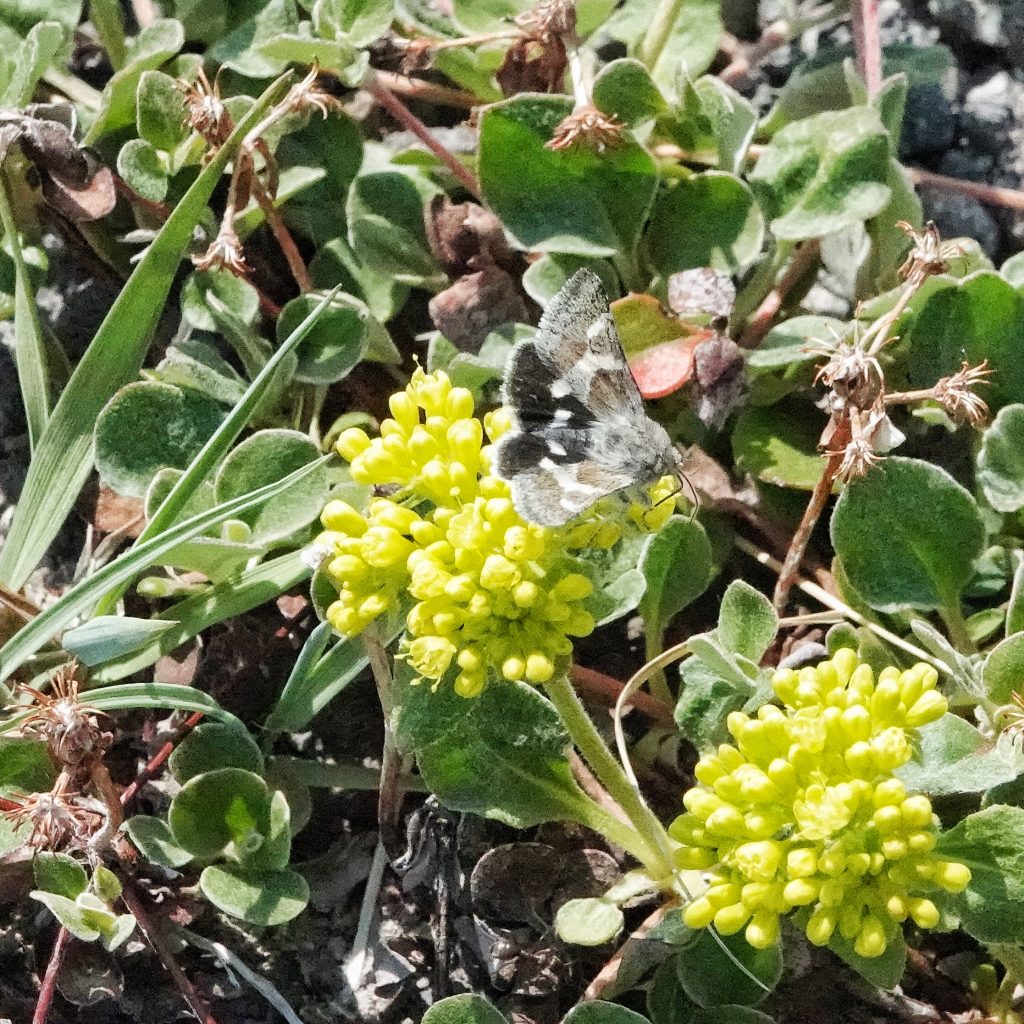
Eats– Larvae feed on various lupines, and adults nectar at a variety of flowers.
Eaten by– Presumably a host for parasitoids in Hymenoptera and Diptera, and probably preyed upon by insectivores of all classes, but I can find nothing specific for this species.
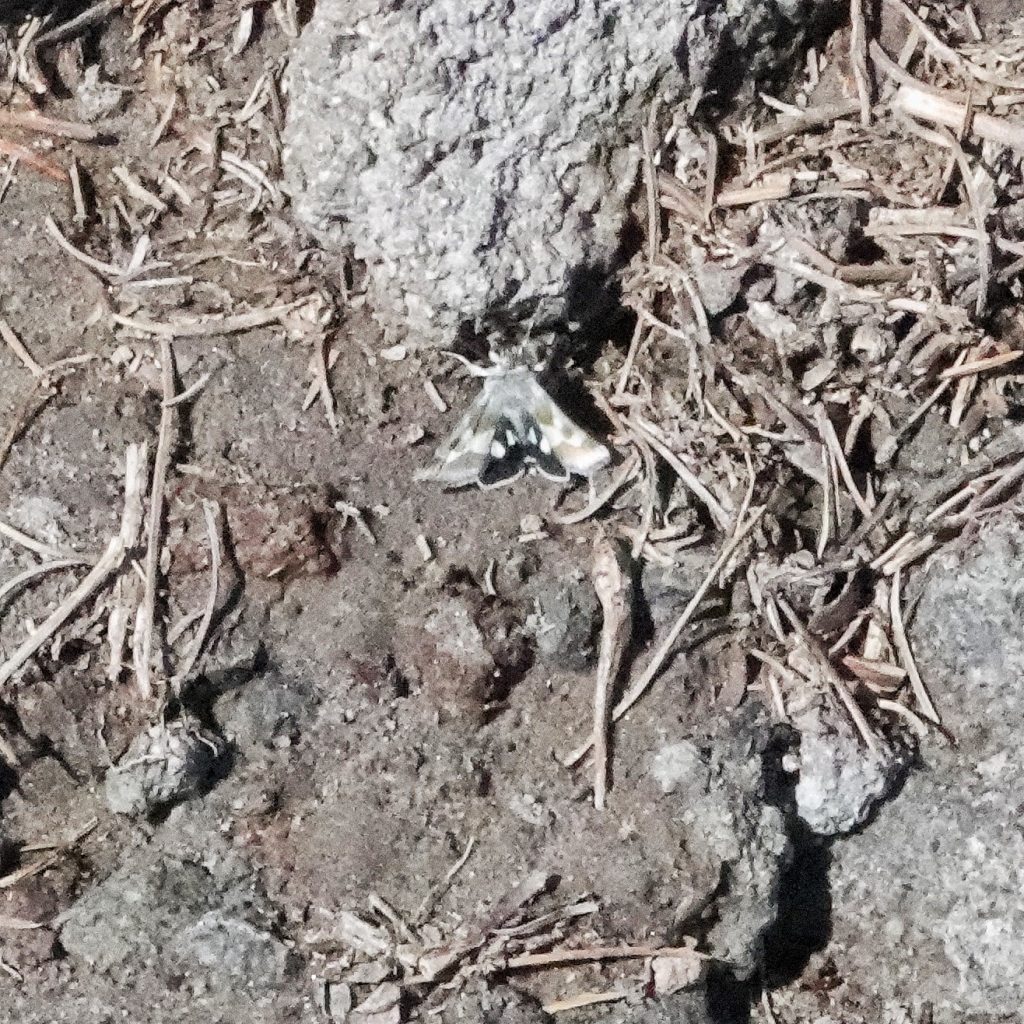
Adults active– “Adults are diurnal and visit flowers during the day. It flies predominantly during the spring, with records from late April to early July in our region.” PNW Moths | Schinia suetus
Life cycle– Univoltine; based on the timing of emerging adults it seems likely they overwinter as pupae or late stage larvae, but I can access no specific information on the subject.
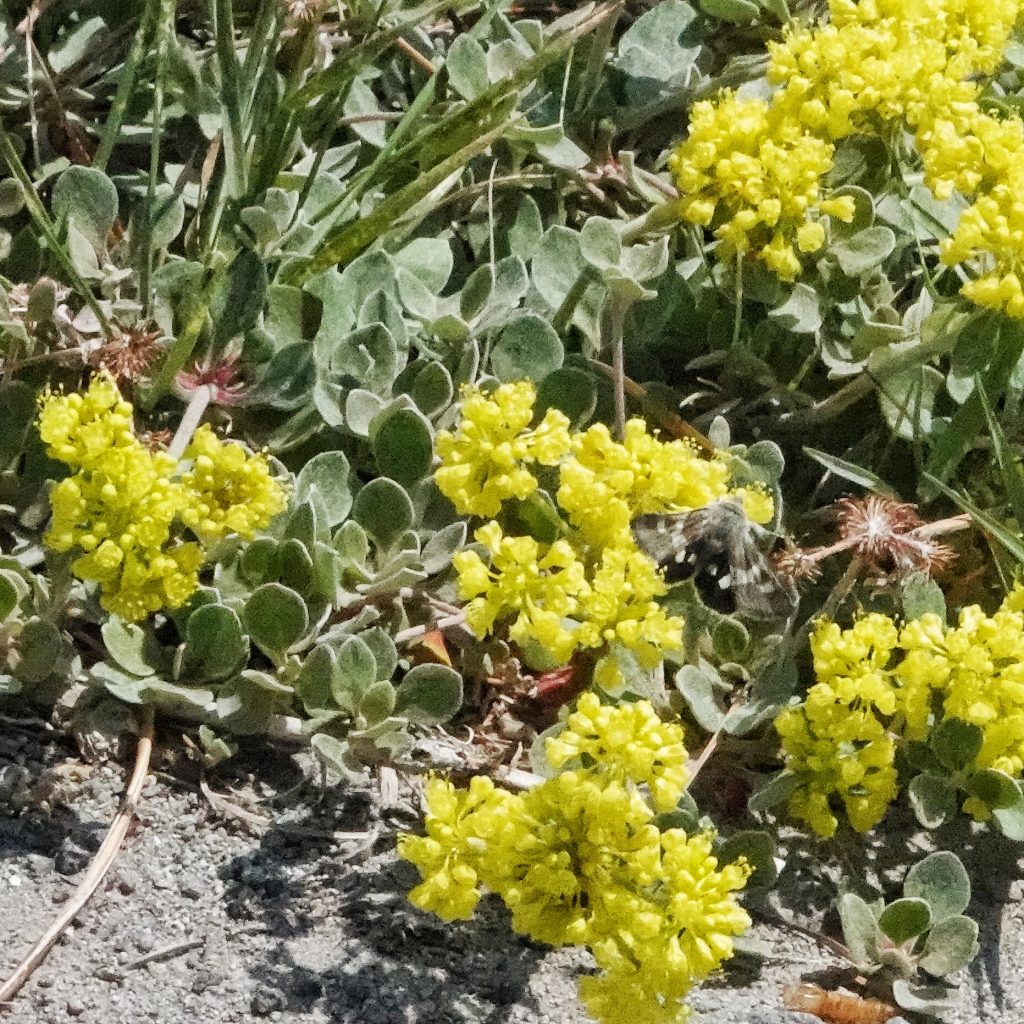
Etymology of names– Schinia is from the Greek for ‘a rush/an arrow’, and refers to the sharp spurs on the forelegs of members of this genus. The specific epithet suetus appears to be the Latin word for ‘usual/customary/‘ but I can find no explanation of what that refers to.
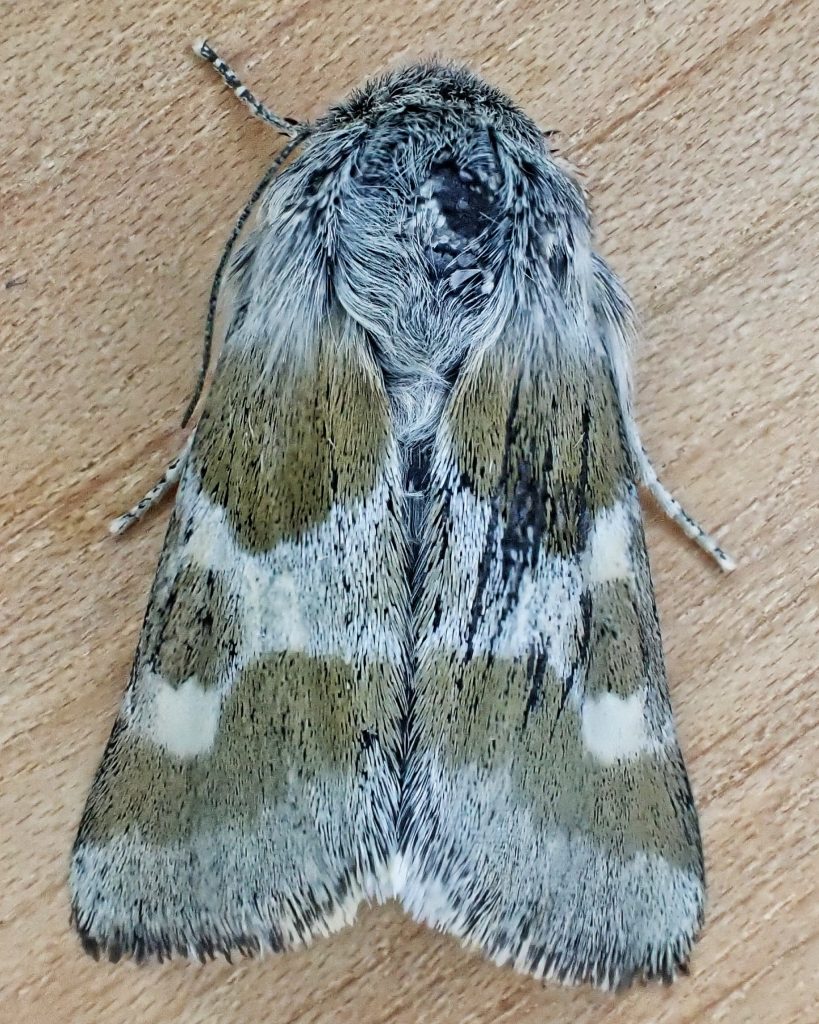
Species Schinia suetus – Hodges#11088 – BugGuide.Net
http://mothphotographersgroup.msstate.edu/species.php?hodges=11088
Schinia suetus – University of Alberta Museums Search Site
